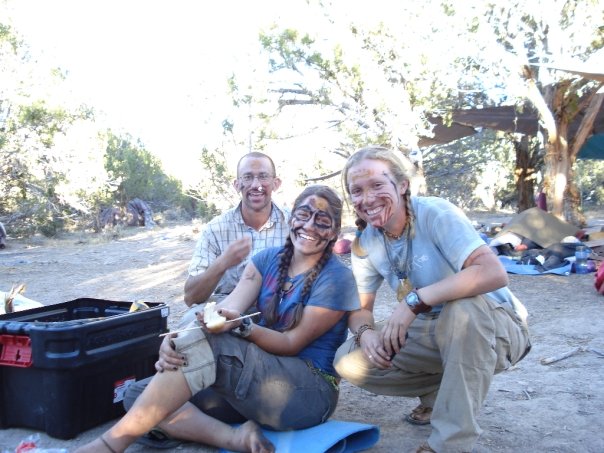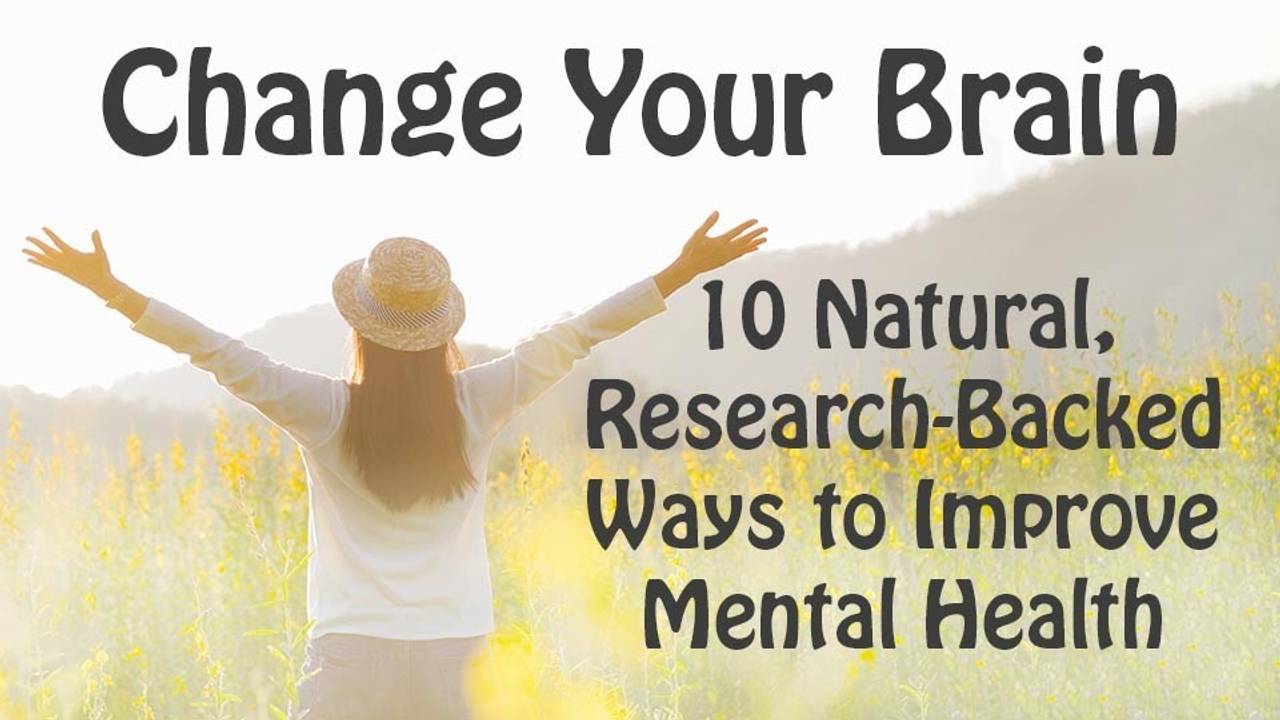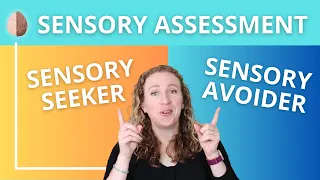In this post, you’ll learn how light impacts your brain and influences your mood and how you can use light hterapy as a natural, non-medicinal way to treat depression.
Natural Treatment for Depression
The days are getting shorter, it’s colder and darker outside — how many of y’all are feeling a little more depressed?
In this post, I’m going to teach you how light impacts your brain and influences your mood. I’m also going to teach you how you can use light therapy as a natural, non-medicinal way to treat seasonal depression (aka winter blues or S.A.D). I’ll also teach you how rigorous research has shown that light therapy can be as effective as antidepressant medication at treating non-seasonal depression.
Oh, and if you’d like to learn more natural, research-backed ways to treat depression and anxiety, then check out my course “Change your Brain: 10 Natural, Research-Backed Ways to Treat Depression and Anxiety.”

Natural Light and Depression
In my 20’s I spent a couple of years working in wilderness and adventure therapy programs with troubled teenagers. And as staff, our shifts were eight days on, six days off. During our shift, we lived outside in simple shelters. And over time we noticed our bodies started to adapt to outdoor living.
For example, because we didn’t shower often, our scalps just naturally started to produce less grease. Or after being in the wilderness for a time, we’d start to smell like dirt, and we noticed that the bugs didn’t go for us as much.
Or when we’d show up for our first day on shift with temperatures over 100 degrees, it would seem unbearable. But within a few days of living in the wilderness, our bodies would adapt, and the heat didn’t bother us so much.
I personally noticed that during the hot summer months, I had less of an appetite. And in the cold winter months, when I needed to burn calories to heat myself, I naturally had more of an appetite.
But one of the biggest changes that I noticed while living in the wilderness was that my body started to naturally sync to the cycles of light outside. So in the summer during the long bright days, I didn’t need as much sleep. I would only sleep about six or seven hours but still wake up in the morning just full of energy and couldn’t stay in my sleeping bag any longer than that.
In the winter, even with a couple of feet of snow on the ground, we’d still camp outside in simple tarp shelters. And my body naturally adapted to that as well.
Your body cranks out more heat in the winter, so naturally, I had less energy and I was able to stay warm and wrapped up in my sleeping bag during those long nights. I was probably sleeping 11 or 12 hours a night, and I was able to spend 13 hours in my sleeping bag. During the summer I would have gone crazy spending that much time just laying around.
So despite all the other factors that may have been present, it was clear to me that light was having an impact on my day-to-day work in the wilderness.
Light, Your Mood, and Your Ancestors
Research shows that the light that enters our eyes gives information to our brain as to what our energy levels should be. Light sets our body’s clock, which is called the circadian rhythm, and changes in light levels can affect hormones like melatonin and serotonin.
Sunlight cues special areas of our retinas, triggering the brain to release serotonin. Serotonin is a neurotransmitter associated with happiness, and it also impacts sexual functioning, sleep, memory and learning, and other functions throughout the body.
Decreased sun exposure is connected to a drop in your serotonin levels, which can lead to depression with a seasonal pattern. Some of the most commonly used antidepressant medications, like Prozac, work by impacting serotonin. But you can also trigger the release of serotonin by increasing your exposure to daylight or bright lights.
Another hormone, melatonin, is key to our body’s sleep-wake cycle, also called our circadian rhythm. Our bodies respond to darkness by producing melatonin, which signals the body to prepare for sleep. When we’re exposed to sunlight in the morning, melatonin is produced sooner and helps us sleep more easily come nighttime.
Regular sunlight exposure during the day is necessary for synchronized melatonin production and a healthy sleep-and-wake schedule. And sleep problems are directly linked to depression. When we can improve sleep, research shows it can improve depression symptoms 87% of the time.
Light impacts our body in other ways too. The sun’s UV rays have been linked to vitamin D production and lower blood pressure. And research shows that people generally have lower mood and energy on cloudy days than they do on sunny ones.
And this isn’t like a brain defect or something; it’s a trait that has helped our ancestors survive. Historically, our ancestors almost all worked outdoors. On cold, wet, or dark days, it was more efficient for them to stay indoors and stay warm and conserve energy. And on the bright hot sunny days to get outside and be actively hunting or farming or whatever it was that they needed to do.
If you look at the symptoms of seasonal depression — having lower energy, sleeping longer, eating more — these could be really adaptive if you were stuck inside a hut all winter. And it was best if you just spent more time sleeping than being stuck inside full of energy.
Our brain has evolved to adapt to our natural environment, and it’s not adapted very well to all the artificial lighting in our modern environment. Our modern society expects us to work a 9 to 5 schedule regardless of the season, the temperature, or the weather. According to the EPA, Americans spend approximately 90 percent of their time indoors.
And our brain just hasn’t adapted very well to this. Artificial indoor light is not nearly as beneficial to our brains and bodies as natural sunlight. So this sets us up to be more irritable, depressed, or low on energy because our body is out of sync with our work environment. And this can lead to depression.
One way to improve your mood is to increase your access to natural sunlight throughout the day, but especially in the morning. Even diffuse light coming in through windows can be beneficial.
Natural sunlight is powerful. A recent study has shown that spending a weekend camping in the winter can even reset that natural body clock and resolve seasonal issues like low energy.
But most of us aren’t able to hibernate during the winter or get enough sunlight to have regular energy and a positive mood. When natural light isn’t an option or it isn’t enough, you can do light therapy at home.
Research on Light Therapy
Light therapy has been shown through rigorous research to be helpful with Seasonal Affective Disorder and non-seasonal depression. Multiple large, careful studies using control groups have shown that light therapy is as effective at treating non-seasonal depression as antidepressant medications.
What’s more, light therapy shows even more success in treating depression when it is combined with antidepressants.
It’s also been shown to be helpful with low energy, sleep disturbances, and changes in sleep schedules. Emerging research is showing that light therapy has possible promising effects for depression in schizophrenia, borderline personality disorder, Parkinson’s, and fibromyalgia. Smaller studies have shown that light therapy can be helpful at rapidly treating depression in bipolar disorder.
Now, I think ideally, we would all spend a lot of time outdoors and have the opportunity to hibernate during the winter, or at least go camping. But since that’s not realistic for most of us, using a therapy light can be the easiest way to help boost your mood. So let’s talk about how to do light therapy.
Equipment for Light Therapy
Light therapy can be used with medication, and it has few risks or side effects. Of course, I recommend talking with your doctor about your specific situation before using light therapy.
The first thing to note when beginning light therapy is that not just any light will work. The video that this post comes from is sponsored by Carex, and just so you know, I turn down a lot of sponsors that don’t meet the standards of rigorous research. I won’t promote something that I don’t believe is safe or effective. Carex makes lights that meet all the CET guidelines.
So when you’re looking for a therapy light, here’s what you want to look for:
A light that can project 10,000 lux at a comfortable distance. Lux is a measure of how bright a light is. I used to have a much smaller lightbox, and to get that 10k lux you needed to practically have your eyes touching it.
So, again you need a light that can actually project 10,000 lux to a distance that allows you to be comfortable, not right up on the light itself. The light should emit no UV rays and use a white-light spectrum.
The lamp should have the ability to mimic the sun by entering your eyes from a downward angle. It should have a large lit surface area and not a single point of light. This makes it much easier for you to get the needed therapeutic dose.
This is the light box I use:
And this is the more powerful version for more intense benefits:
Directions for Using Light Therapy
With the 10,000 lux lightbox, light therapy usually involves daily sessions of about 20 to 30 minutes. You sit or work near a lightbox. You can set it on your table or desk at home. That way you can read or do some other activity while having light therapy. And you want to have the box 16 to 24 inches from your face.
The light from the lightbox needs to enter your eyes indirectly, but it does need to actually go into your eyes. You can’t get the same effect by just exposing your skin to the light. Make sure to not look directly at the lightbox because the bright light could hurt your eyes.
Light therapy requires time and consistency. Use it every day. The timing is important, so for most people, light therapy is most effective when it’s done early in the morning right after you wake up.
Risks and Precautions With Light Therapy
Light therapy has very few risks. However, using artificial lightboxes can trigger irritability or even mania. So if you have bipolar or manic disorder or you’ve experienced manic episodes in the past, you’ll want to be very cautious using light therapy, and you’ll want to work with your doctor to figure out if that’s even a good option for you.
In addition, if you have really sensitive skin or really sensitive eyes, you should talk with your doctor first. Some medications, including some antidepressants and Saint John’s wort, make your skin and eyes more sensitive to light, so talk with your doctor about that.
Tanning beds are not an alternative. They release a different wavelength of light, and they can increase skin cancer risk just like exposure to sunlight does.
Summary
Most people don’t know that there are many natural options to treat depression, and many doctors aren’t aware of the benefits of light therapy — or their first go-to treatment is an antidepressant medication.
And antidepressants are a valid form of treatment, with lots of research behind them, but they do come with side effects. One of the best things about light therapy is that it has very few side effects, and it’s also an effective way to treat seasonal and non-seasonal depression.
If you think this may be a good option for you, speak with your doctor.
I hope you found the information in this post helpful. Please share this with someone you think could benefit from light therapy.
For more natural ways to help improve Mental Health, Check out my course below.





